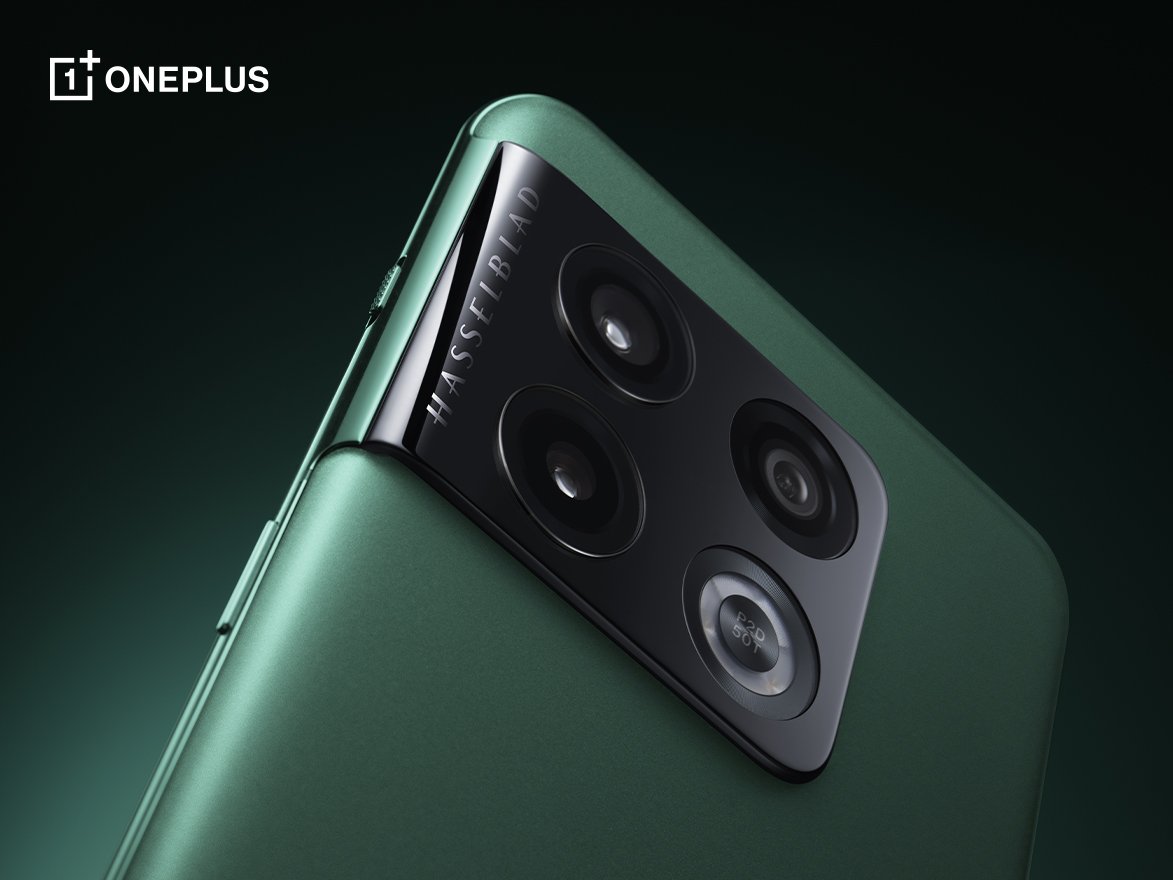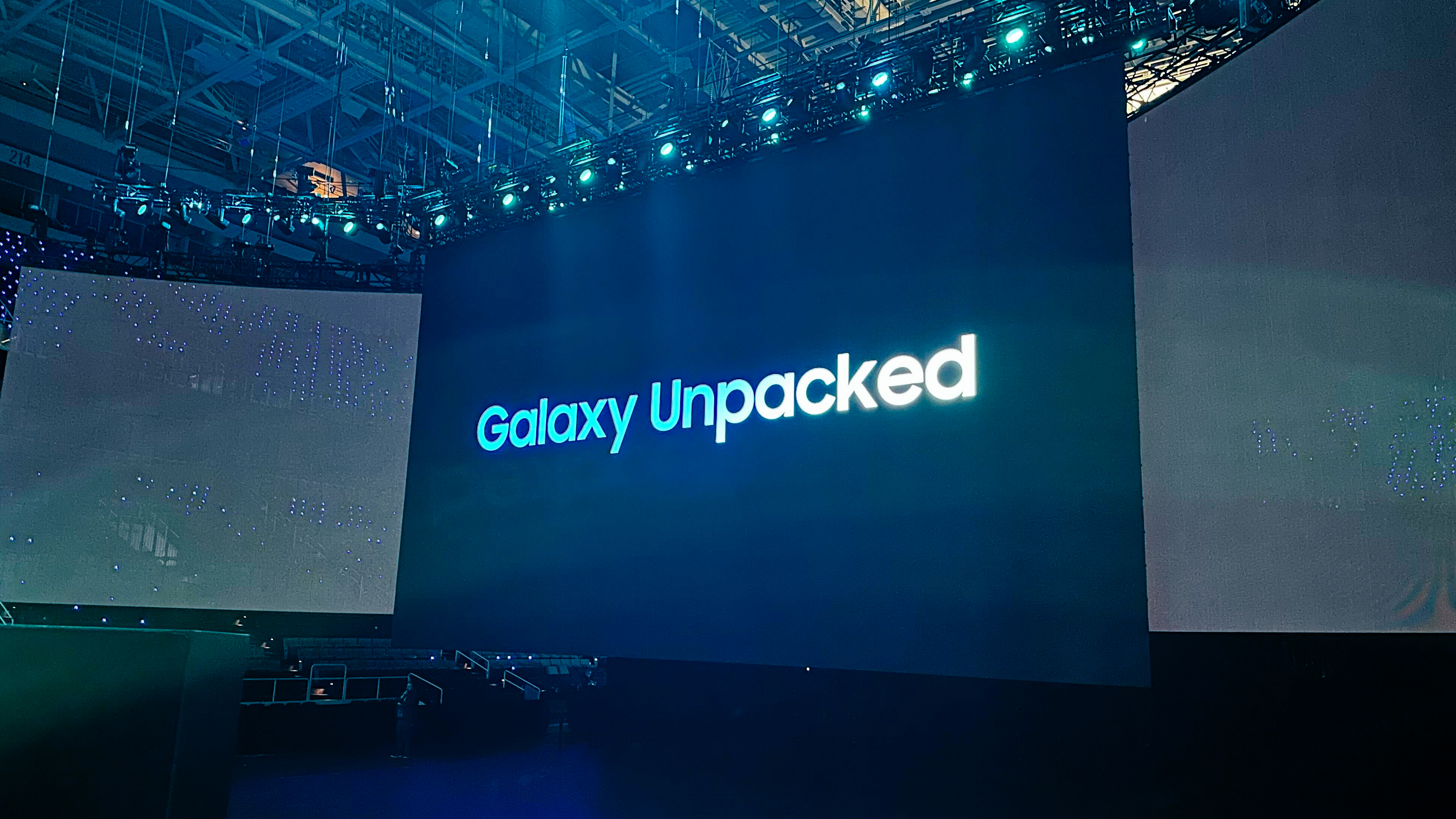OnePlus 10 Pro China-first launch is perplexing but calculated, here's why

OnePlus' decision to launch the OnePlus 10 Pro in China first might seem perplexing, but experts say it makes sense from a competitive standpoint. They add that since its integration with OPPO, the company has a big year ahead to differentiate itself. Otherwise, the brand may drift into irrelevance.
The OnePlus 10 Pro was announced in China on Monday, Jan. 3, and is a huge departure from the OnePlus 9 Pro by looking at the rear panel, which features a wrap-around camera bump that's very Samsung Galaxy S21-inspired. OnePlus CEO Pete Lau (who's also OPPO's chief product officer) confirmed that the series would be powered by Qualcomm's Snapdragon 8 Gen 1 chipset, making it a worthy challenger to the best Android phones that will release this year.
The device will be available on Jan. 11 and will likely launch in North America and other markets later (probably sometime in March); however, the announcement did not include the OnePlus 10.
This will also be the first device that OnePlus launched since it became OPPO's new sub-brand.
Why did OnePlus decide to launch only in China first?
Neil Shah, vice president of research at Counterpoint Research, told Android Central that one of the likely reasons for a China-first launch is the "race to have Snapdragon 8 Gen 1 chip-based phone on the shelves first."
The recently released Xiaomi 12 and 12 Pro also use the same processing power.
Shah says OnePlus also wants to capitalize on the upcoming Chinese New Year holiday, which will "generate more sales for OnePlus phones in its home market."
Be an expert in 5 minutes
Get the latest news from Android Central, your trusted companion in the world of Android
"China was not an important focus market for OnePlus earlier, but after folding into OPPO, China becomes a key focus market for scaling the OnePlus brand. It will be positioned to fill the big gap between the Reno series and Find series for OPPO. Especially in the China market where Vivo has done well with the V and X series," he says.
Jitesh Ubrani, research manager for IDC's worldwide device tracker, agrees, adding that with the ongoing supply chain issues, having a small number of phones reserved for the Chinese market before the holiday "doesn't hurt."
He adds that China is the largest smartphone market. Even though OnePlus has had success outside of the country (especially in India and North America), China remains one of the largest markets for OnePlus' premium phones, making it a "logical" first choice for the company.

OnePlus started after its CEO Lau left OPPO in 2013 and partnered with Carl Pei (who left the company in 2020 to start Nothing, a hardware startup). Throughout its independence, OnePlus, like OPPO and Vivo, was ostensibly owned by a parent company, BBK Electronics. Still, it touted itself to be an exclusive brand that went up against more prominent smartphone brands. While the two entities were independent, OPPO and OnePlus shared research and manufacturing resources, resulting in phones that looked very similar but were released in different regions.
Mishaal Rahman, senior technical editor at Esper and former editor-in-chief of XDA Developers, says several factors favor a China-first launch. China is not only where OnePlus is headquartered, but it is also where its research and development occurs, where manufacturing takes place, and where engineers who develop the operating system are located.
"It also takes time for marketers to produce a new set of deliverables that target different markets. It takes time for software integration and certification testing to be done so the device can ship with Google Mobile Services globally. It also takes time for a device to be certified by the respective telecommunications authorities in each country. All of these can and have been done in advance of a global launch - as OnePlus themselves have done - but it's easier for them to bring a new product to market in China first," — Mishaal Rahman, senior technical editor at Esper
And despite the integration with OPPO, it doesn't mean there will be overlap. In fact, Rahman says the competition is intentional and notes this is BBK Electronics' multi-branding strategy with OPPO, OnePlus, Vivo, and Realme. They may all compete for sales, but the market segment of these products doesn't always overlap.
"OnePlus is an online-first brand, while OPPO is traditionally more retail-focused," he says.
Does OnePlus even care about North America?

Rahman also mentions that it's inaccurate to conclude that by OnePlus not launching the 10 Pro in North America first that it doesn't care about the region.
"OnePlus successfully took advantage of LG's exit from the smartphone market and the growing demand from carriers for budget 5G phones," Rahman says. "North America is a small, but a rapidly growing piece of the pie for the smartphone brand."
According to Counterpoint Research, the U.S. smartphone market saw a 27% year-over-year increase in sales in the first half of 2021. It specifically noted that OnePlus, Motorola and Nokia saw strong growth in the market "by capturing the void left by LG's exit from the smartphone business."
Maurice Klaehne, senior research analyst at Counterpoint, says in the report that OnePlus became the fastest growing manufacturer with a 428% year-over-year growth in the first half of 2021.
OnePlus saw a 428% year-over-year growth in the first half of 2021 in the U.S.
"With the introduction of the N100 and N10 5G in January, OnePlus quickly gained market share in Metro by T-Mobile. Besides, it continues to push its premium device presence at T-Mobile with the latest OnePlus 9 and 9 Pro. OnePlus further expanded its presence in Q2 due to LG's exit from the smartphone market while the N100 has been one of the top-selling smartphones within Metro for months," he says.
We should still care about the OnePlus 10 Pro, and here's why

Some might think that the OnePlus 10 Pro might be low-hanging fruit because by the time it comes into the North American market, the Samsung Galaxy S22 might already be available. But this isn't the case, according to Anshel Sag, a senior analyst at Moor Insights & Strategy.
"I would say that the OnePlus 10 Pro is an opportunity for the company to release a phone that would normally do better in markets outside of China, which does make the OnePlus 10 Pro release in China all the more perplexing," Sag says. "That said, an earlier launch could also mean more mature software once it reaches North America and the European Union, which has been a problem for some OnePlus phones in the past."
Ubrani also notes that the OnePlus 10 Pro and its subsequent variants will still be relevant on a global scale. And while the phone may not compete with the S22 everywhere, OnePlus still has a strong presence in some key markets.
"More importantly, this will be the first time the company launches a phone of this caliber while under OPPO's umbrella, and whether they like it or not, the launch of the OnePlus 10 will be used as a measuring stick for future phone launches," he says.
OnePlus has a lot to prove with this launch

And because this is the first phone under the OPPO name, Rahman agrees that OnePlus has a lot to prove with this generation.
OnePlus could drift into "irrelevance" if it doesn't differentiate itself from OPPO.
The company has a band of loyal customers and enthusiasts, but a lot of them were lost when the company migrated to ColorOS and the botched rollout of Oxygen OS 12 for the OnePlus 9 series, he says.
"OnePlus was previously known for being one of the fastest to deliver an Android OS update after Google's release, but last year, Samsung beat OnePlus to the punch. OnePlus can easily recover from this loss of confidence by delivering a stable software experience and timely software updates, however," Rahman says.
But Rahman adds that for the OnePlus 10 Pro to sell, the phone needs to have hardware and software features that make it stand out, or else the company will lose customers to Samsung, Xiaomi, Google, and other brands.
"I think OnePlus has the potential to create an incredibly well-rounded experience in the OnePlus 10 Pro, but [just because] it does everything well isn't enough for me to care about a smartphone anymore. It needs to do everything well and then some," he says.
Sag agrees, and for this very reason, indicates that if OnePlus isn't able to differentiate its company from the integration with OPPO, then the "OnePlus brand may just drift into irrelevance."

Shruti Shekar is Android Central's Editor-in-Chief. She was born in India, brought up in Singapore, but now lives in Toronto. She started her journalism career as a political reporter in Ottawa, Canada's capital, and then made her foray into tech journalism at MobileSyrup and most recently at Yahoo Finance Canada. When work isn't on her mind, she loves working out, reading, watching the Raptors, and planning what she's going to eat the next day.
